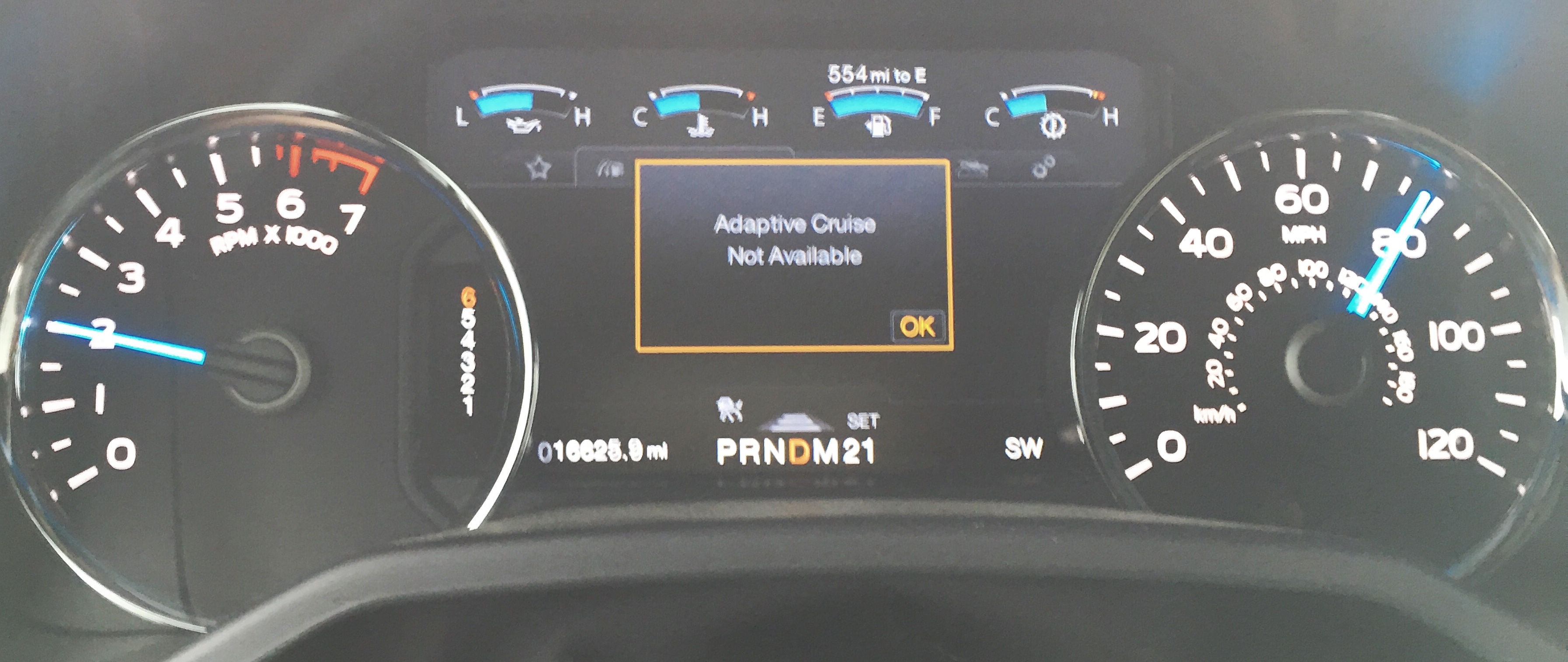Table Of Content

Teetor designed improved piston rings and patented a gear shift, which he sold to the Bendix Corporation in the 1920s. He developed cruise control in the 1940s and patented it in the early 1950s. Jump back half a century, and the introduction of an automated mechanism for speed control was having a momentous impact on the automotive world.
Car Colour Psychology: How Your Choice Reflects Personality Traits
It was first introduced in the late 1990s and has since become a standard feature in many new vehicles. When used correctly, though, cruise control can help make driving safer and less fatiguing. But it still begs the question, is it only a matter of time before cruise control systems will be completely autonomous?
The history of adaptive cruise control
Cruise control devices allow you to accelerate or decelerate by one mph with just the tap of a button and are designed to disengage as soon as you press the brake pedal. Additionally, most cruise control devices won’t engage at speeds below 25 mph. All cruise control systems must have the capability to be turned off explicitly and automatically when the driver depresses the brake pedal and often also the clutch. Cruise control systems frequently include a memory feature to resume the set speed after braking and a coast feature to reduce the set speed without braking. When the cruise control is engaged, the throttle can still accelerate the car, but once the pedal is released, it will slow down the vehicle until it reaches the previously set speed. There are a many different types of adaptive cruise control – radar-based systems, laser-based systems, binocular computer vision systems, assisting systems, multi-sensor systems and predictive systems.
The Good, Bad and Ugly of WSU's cruise control win - CougCenter
The Good, Bad and Ugly of WSU's cruise control win.
Posted: Sun, 17 Sep 2023 07:00:00 GMT [source]
– Set cruise control
This advanced safety operating system proves itself with a history of performance. It provides drivers with an edge, which gives them peace of mind behind the wheel. As you can see, cruise control is a great way to relieve much of the stress that comes with everyday driving. The constant rate of speed can also drastically improve fuel efficiency for longer drivers. Cruise control has had a positive impact on the driving industry for 70 years and shows no signs of disappearing anytime soon.
Heavy Traffic
But for now, take comfort in the fact that your car has an extra eye on the road, accompanying you on those tiresome and long drives. It also begs the question whether cruise control can be seen as potentially misleading. The false sense of security that drivers experience, thinking that their car is keeping their speed under control or – as with Tesla drivers – is completely autonomous, can lead to distracted driving. Cars do have systems in place to prevent distractions like drowsiness, but lack of attention due to a misguided belief that the vehicle will prevent any potential accidents is not one of them. The examples above are the most simple applications of cruise control, more advanced types of cruise control do exist, though — one of which is most commonly called adaptive cruise control. Cars fitted with an adaptive cruise control system use a forward-looking radar sensor to detect the speed and proximity of the car ahead.
How does adaptive cruise control work, and when was it introduced?
These systems will slow the vehicle down if it detects a car in within the distance the driver has set. Adaptive cruise control uses sensors around the vehicle’s exterior to maintain speed while keeping a safe following distance from the car ahead. The system will slow you down and speed you up as the flow of traffic fluctuates throughout your commute, removing a lot of the stress from daily driving. However, adaptive cruise control may not work well in bad weather or protect you from sudden movements, so you will want to always keep your full attention on the road. Two companies are developing a more advanced cruise control that can automatically adjust a car's speed to maintain a safe following distance. This new technology, called adaptive cruise control, uses forward-looking radar, installed behind the grill of a vehicle, to detect the speed and distance of the vehicle ahead of it.
Some systems also feature forward collision warning systems, which warn the driver if a vehicle in front—given the speed of both vehicles—gets too close within the preset headway or braking distance. You probably already know that the cruise control button can be found on your steering wheel. Once you set the desired speed, cruise control will maintain that speed without you having to keep moving your foot up and down on the gas pedal. Older cars used a cable that was attached to the actuator, which would make sure the car stayed at the set speed. These days, unless a model is equipped with adaptive cruise control and uses a completely different system, a vehicle will have an electric motor take the place of the cable.
Because better piston rings meant more efficient and powerful engines, Perfect Circle piston rings soon became standard. Childhood misfortune rudely thrust Teetor into the challenges of everyday navigation. Born in 1890 in Hagerstown, Indiana, Teetor grew up amidst a constellation of family-owned manufacturing businesses that adapted and evolved from building bicycles to automobile engines. When he was just five, Teetor accidentally blinded one eye while playing with a knife. Within a year, sympathetic opthalmia, a condition in which trauma to one eye induces damage to the other, rendered him completely blind. Jordan has a Bachelor’s in Rhetoric and Writing from the University of North Texas, and she wrote short fiction and poetry until joining MotorBiscuit in 2020.
Following its 2008 debut, Subaru introduced Advanced EyeSight (version 2) driving support system in 2010. This stops the vehicle if it detects the risk of frontal collision, with the intent of avoiding the collision or reducing any potential collision damage. EBS controls brake pressure electronically, unlike ABS where that control signal is pneumatic from the pedal to the foundation brake. It’s been in use in Europe for almost three decades and it’s a foundational building block for L4 automation. A more recent development is the binocular computer vision system, such as that introduced to the US market in model year 2013 by Subaru.
Also in certain cars, it is incorporated with a lane maintaining system which provides a power steering assist to reduce steering input burden on corners when the cruise control system is activated. In a proportional control system, the cruise control adjusts the throttle proportional to the error, the error being the difference between the desired speed and the actual speed. So, if the cruise control is set at 60 mph and the car is going 50 mph, the throttle position will be open quite far. When the car is going 55 mph, the throttle position opening will be only half of what it was before.
What is Adaptive Cruise Control? - Autoblog
What is Adaptive Cruise Control?.
Posted: Sun, 15 May 2022 07:00:00 GMT [source]
It then uses that information to adjust its own speed and keep it at a safe distance. Cruise control is a nifty setting that allows you, the driver, to set your vehicle to maintain a fixed speed. Unless you touch the accelerator or brake pedal, your car will keep on moving onward, at the exact speed you’ve chosen. Pretty handy, especially when you think about those long highway journeys that seemed fun when you planned them but are a lot less so after five hours of driving. In addition to saving your leg from horrendous cramping, it reduces cognitive fatigue and increases fuel efficiency. Radar-based ACC is often sold together with a precrash system,[43] which warns the driver and/or provides brake support if there is a high risk of a collision.
The first two are self-explanatory – using radar and laser systems to detect the vehicles surroundings, as opposed to binocular computer vision which uses cameras in the vehicle’s rearview mirror. Other versions, such as assisting systems, can be bought separately to enhance the safety features that the car already has. Predictive systems use data in order to predict the movement of other vehicles.
Studies at the time showed that the national speed limit prompted by the oil embargo saved 167,000 barrels of oil a day. While the concept of cruise control was innovative, it took some time for drivers to adopt the technology. Initially considered a luxury feature, it gradually became more common across a wide range of vehicles.
The most important input is the speed signal; the cruise control system does a lot with this signal. First, let's start with one of the most basic control systems you could have -- a proportional control. The brain of a cruise control system is a small computer that is normally found under the hood or behind the dashboard. It connects to the throttle control seen in the previous section, as well as several sensors. The diagram below shows the inputs and outputs of a typical cruise control system.

Its limitation, however, was that it could not operate the brakes, so when the speed difference with the vehicle in front was too great, it had to resort to alerting the driver with audible and visual warnings. ACC technology is regarded as a key component of future generations of intelligent cars. The technology enhances passenger safety and convenience as well as increasing road capacity by maintaining optimal separation between vehicles and reducing driver errors. Luxury automakers such as Tesla and Audi are implementing the newest rendition of cruise control on their latest vehicle models – Semi-autonomous Cruise Control. It works largely the same as adaptive cruise control, but assists drivers with lane guidance and steering. There are several variations of semi-autonomous cruise control that include additional convenience features for the driver.
